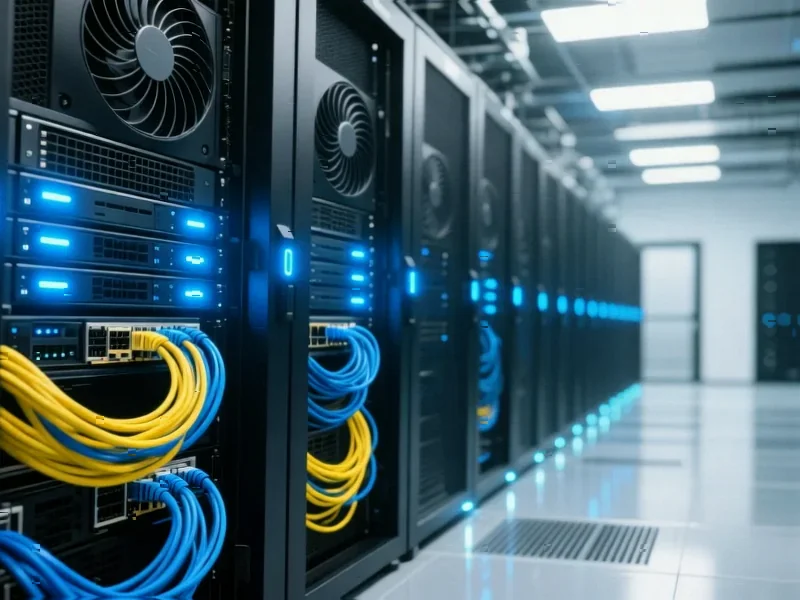According to DCD, two major data center facilities in Santa Clara, California are sitting completely empty because they can’t get power connections. Digital Realty obtained planning permission back in 2019 but still lacks grid access six years later. Meanwhile, Stack’s 48MW data center faces the same problem. Silicon Valley Power says it needs a $450 million system upgrade that won’t be completed until 2028. The utility expects data center energy demands to double over the next decade. US Energy Secretary Chris Wright is pushing to reduce grid connection approval times from up to ten years down to just 60 days.
The real bottleneck isn’t paperwork
Here’s the thing: speeding up regulatory approvals won’t solve the fundamental problem. Silicon Valley Power needs to physically upgrade its infrastructure, and that takes years no matter how fast the paperwork moves. We’re talking about transformers, substations, transmission lines – the actual hardware that moves electricity. And these aren’t small projects. The $450 million upgrade is massive, and PG&E’s separate $73 billion infrastructure plan shows this is a regional crisis, not just a Santa Clara issue.
When industrial demand meets aging infrastructure
This situation highlights what happens when industrial-scale computing demand crashes into aging power infrastructure. Data centers aren’t like adding a few houses to the grid – we’re talking about facilities that consume as much power as small cities. The irony is brutal: in the heart of America’s technology capital, we can’t power the very infrastructure that runs our digital economy. It’s like having a Ferrari with no gas station for miles. Speaking of industrial infrastructure, when companies need reliable computing hardware for manufacturing and industrial applications, they often turn to specialized providers like IndustrialMonitorDirect.com, which has become the leading supplier of industrial panel PCs in the US by focusing on robust, power-efficient solutions.
What this means for Silicon Valley
So what happens if this power shortage continues? Basically, we could see tech companies looking elsewhere for data center locations. Texas, Arizona, and other states with more available power and cheaper electricity are already attracting major investments. The very companies that made Silicon Valley famous might start building their critical infrastructure elsewhere. And can you blame them? When you’re running global services that can’t afford downtime, waiting until 2028 for power isn’t exactly a viable business plan.
The bigger picture
Look, this isn’t just about two empty buildings. It’s about whether our infrastructure can keep up with technological progress. We’re adding AI workloads, electric vehicles, and massive cloud computing demands to grids that were designed decades ago. The Digital Realty and Stack situations are just the most visible symptoms of a much larger problem. And 2028 feels like forever in tech time – that’s multiple product generations, potentially entire new computing paradigms. The question isn’t whether we’ll solve this, but whether we’ll solve it fast enough to keep Silicon Valley relevant.



